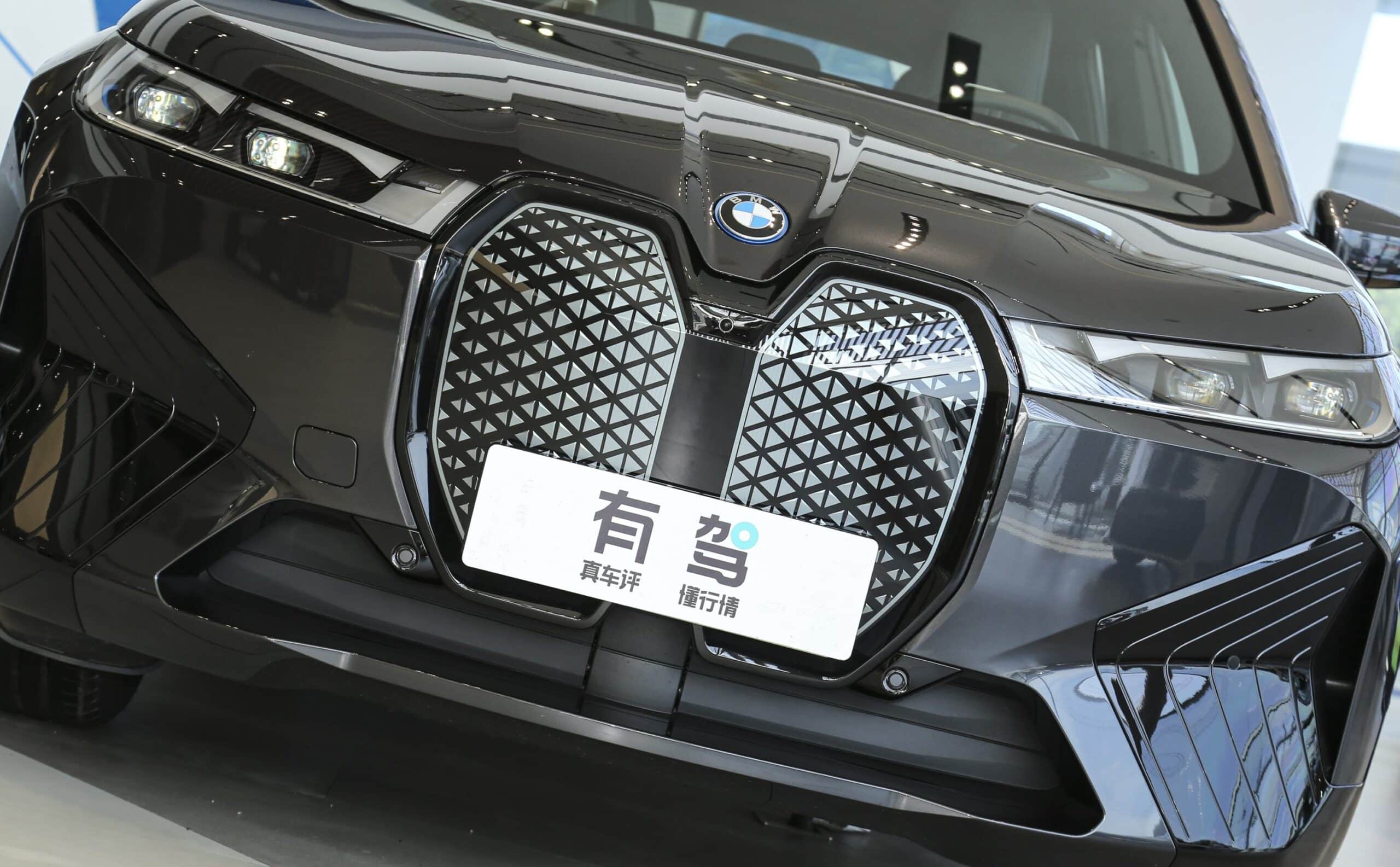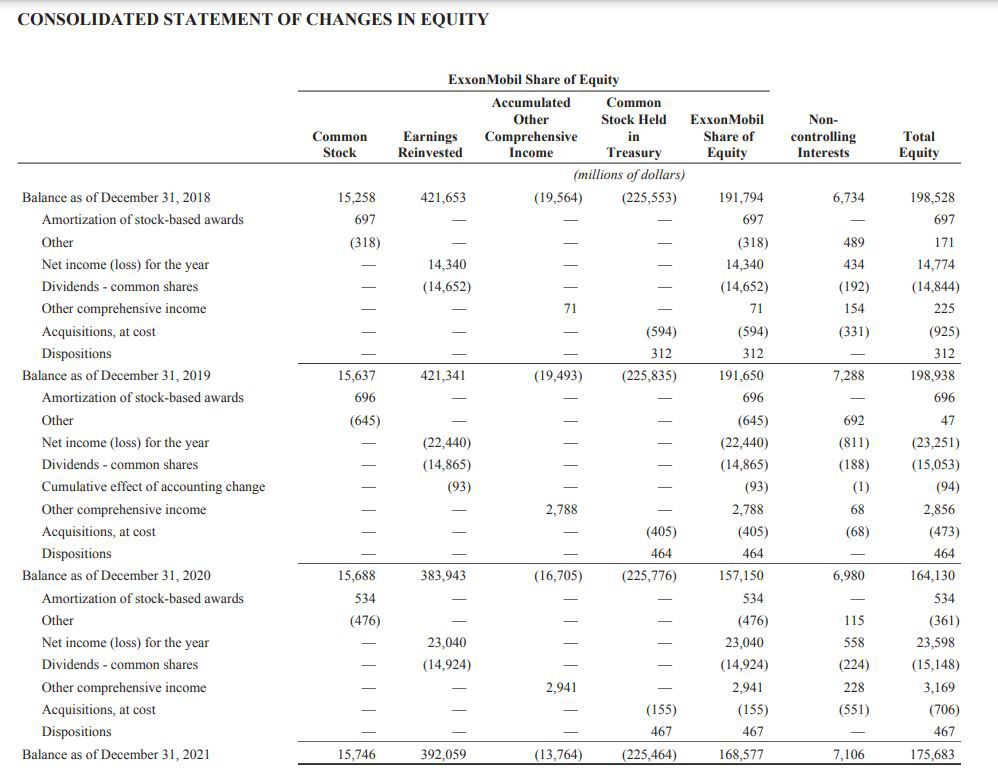More Than BMW And Porsche: Examining The China Problem Facing Automakers

Table of Contents
- The Shifting Sands of Consumer Preferences
- Rise of Domestic Brands
- Evolving Technological Demands
- The Premium Segment's Vulnerability
- Navigating Regulatory Hurdles and Geopolitical Risks
- Stringent Emission Standards and Regulations
- Trade Wars and Geopolitical Uncertainty
- Data Privacy and Cybersecurity Concerns
- Strategies for Success in the Chinese Market
- Localization and Partnership Strategies
- Investing in R&D and Technological Innovation
- Building Strong Local Relationships
- Conclusion
The Shifting Sands of Consumer Preferences
The Chinese automotive market is no longer simply about selling cars; it's about understanding and adapting to rapidly evolving consumer preferences. This presents a significant "China problem" for many international brands.
Rise of Domestic Brands
Chinese automakers are rapidly gaining ground, challenging foreign competitors with competitive pricing, innovative features, and increasingly sophisticated designs. This domestic surge is a key component of the China problem.
- BYD's electric vehicle (EV) success: BYD has become a global EV leader, leveraging its strong domestic presence and advanced battery technology. Their market share continues to climb, directly impacting the sales of established international brands.
- Geely's global ambitions: Geely's acquisition of Volvo and its expansion into other markets demonstrate its ambition and capability to compete on a global scale. This aggressive expansion strategy adds to the complexity of the China problem for established automakers.
- Great Wall Motors' expanding market share: Great Wall Motors has successfully carved out a significant market share, particularly in the SUV segment, highlighting the competitiveness of domestic brands. Their consistent growth presents a persistent China problem for international players.
The success of these domestic brands is largely due to their ability to cater to specific local needs and preferences, often at more competitive price points. For example, BYD's Blade Battery technology has significantly improved the range and safety of their EVs, attracting a large number of Chinese consumers. These advancements directly contribute to the China problem faced by international automotive companies.
Evolving Technological Demands
Chinese consumers are increasingly tech-savvy and demand advanced technologies in their vehicles. This technological leap presents a new layer to the China problem.
- Importance of 5G connectivity: Seamless connectivity is crucial, with consumers expecting features like over-the-air updates and integrated infotainment systems.
- Consumer preference for electric vehicles (EVs): China is a global leader in EV adoption, with stringent government targets pushing the market towards electrification. This rapid shift towards EVs significantly impacts the China problem.
- Demand for advanced driver-assistance systems (ADAS): Features like adaptive cruise control, lane-keeping assist, and automated parking are becoming increasingly popular.
Meeting these demands requires significant investment in localized technology development and robust supply chains. The need to quickly adapt to these evolving technological preferences adds another critical dimension to the China problem. The cost and complexity of adapting to these technological advancements are considerable.
The Premium Segment's Vulnerability
Even in the premium segment, the China problem is evident. Chinese consumers are becoming more discerning, seeking unique experiences and personalized services that go beyond established brand recognition.
- Growing demand for bespoke customization: Consumers desire personalized options, tailored to their individual tastes and preferences.
- Increasing competition from new luxury brands: New domestic and international brands are entering the market, offering competitive alternatives.
- The importance of brand storytelling and cultural relevance: Brands need to resonate with Chinese consumers on a cultural level, telling compelling stories that connect with their values and aspirations.
Brands that fail to adapt to these evolving preferences in the premium segment risk losing market share to competitors who successfully cater to the increasingly sophisticated tastes of Chinese luxury car buyers.
Navigating Regulatory Hurdles and Geopolitical Risks
Beyond consumer preferences, automakers face significant regulatory and geopolitical challenges in China, further complicating the China problem.
Stringent Emission Standards and Regulations
China's increasingly strict environmental regulations and emission standards are forcing automakers to invest heavily in cleaner technologies.
- Compliance costs: Meeting these standards requires significant investments in research, development, and production.
- The push for electric vehicle adoption: China's aggressive targets for EV adoption are reshaping the automotive landscape.
- Challenges in meeting stringent emission targets: Compliance with these regulations is demanding and requires continuous innovation.
These regulations create a substantial financial burden and necessitate strategic shifts in manufacturing processes and product development, adding a crucial layer to the China problem.
Trade Wars and Geopolitical Uncertainty
The fluctuating political landscape and potential trade disputes between China and other nations impact supply chains, investment decisions, and overall market stability, worsening the China problem.
- Tariff implications: Trade disputes can lead to increased tariffs and import costs.
- Supply chain disruptions: Geopolitical instability can disrupt supply chains, leading to production delays and shortages.
- The impact of US-China relations on the automotive industry: The relationship between these two global powers significantly impacts the automotive market in China.
These geopolitical factors add an unpredictable element to the China problem, requiring automakers to develop robust contingency plans and diversify their supply chains.
Data Privacy and Cybersecurity Concerns
Growing concerns about data security and privacy are shaping regulatory frameworks and influencing consumer choices, intensifying the China problem.
- Data localization requirements: Regulations may require data to be stored within China, posing challenges for data management.
- Cybersecurity standards for connected vehicles: Stringent cybersecurity standards are being implemented to protect against potential threats.
- Consumer trust and data protection: Building consumer trust regarding data security is crucial.
Addressing these concerns requires significant investments in cybersecurity infrastructure and compliance with evolving data privacy regulations.
Strategies for Success in the Chinese Market
To overcome the China problem, automakers must adopt strategic approaches to navigate this challenging but lucrative market.
Localization and Partnership Strategies
Forming joint ventures and adapting products and marketing strategies to local preferences are crucial for success.
- Advantages of joint ventures: Joint ventures provide access to local expertise, distribution networks, and government relationships.
- Tailoring marketing campaigns to Chinese cultural nuances: Marketing campaigns must resonate with Chinese consumers’ values and preferences.
- Localized product development: Products should be designed and engineered with Chinese consumer preferences in mind.
Successful localization strategies demonstrate a deep understanding of the Chinese market and its unique cultural and economic dynamics.
Investing in R&D and Technological Innovation
Continuous investment in research and development is essential to compete with rapidly innovating Chinese brands.
- Focus on electric vehicles, autonomous driving, and connected car technologies: These areas are crucial for competitiveness in the Chinese market.
- Importance of local R&D facilities: Local R&D centers enable faster adaptation to evolving market needs.
Significant and ongoing investment in R&D is paramount for maintaining competitiveness and successfully addressing the China problem.
Building Strong Local Relationships
Developing strong relationships with government officials, suppliers, and consumers is critical for navigating the complex Chinese market.
- Importance of strong local teams: Local teams provide invaluable insights into market dynamics and cultural nuances.
- Understanding cultural dynamics: Cultural sensitivity and understanding are critical for building trust and rapport.
- Building trust and transparency: Transparency and open communication are essential for fostering strong relationships.
Building strong relationships within the Chinese market is crucial for long-term success and helps mitigate the challenges presented by the China problem.
Conclusion
The "China problem" facing automakers is multifaceted, encompassing evolving consumer preferences, regulatory hurdles, and geopolitical risks. Successfully navigating this complex market requires a nuanced understanding of local dynamics, a commitment to innovation, and strong strategic partnerships. To thrive in the future, global automakers must adapt and evolve, recognizing that the Chinese automotive market demands more than just established brand recognition. Ignoring the complexities of the "China problem" will only lead to missed opportunities and diminished market share. By understanding and proactively addressing these challenges, automakers can position themselves for continued success in this crucial global market. Are you ready to adapt your strategy to solve the China problem facing automakers?

 Tremor 2 Netflix Series Fact Or Fiction Kevin Bacons Potential Return
Tremor 2 Netflix Series Fact Or Fiction Kevin Bacons Potential Return
 Adult Adhd Next Steps After A Suspected Diagnosis
Adult Adhd Next Steps After A Suspected Diagnosis
 The Changing Face Of X A Look At The New Financials After The Debt Sale
The Changing Face Of X A Look At The New Financials After The Debt Sale
 Adhd And Aging The Role Of Brain Iron In Cognitive Function
Adhd And Aging The Role Of Brain Iron In Cognitive Function
 April 24 28 Geary County Bookings Recent Arrest Photos
April 24 28 Geary County Bookings Recent Arrest Photos
